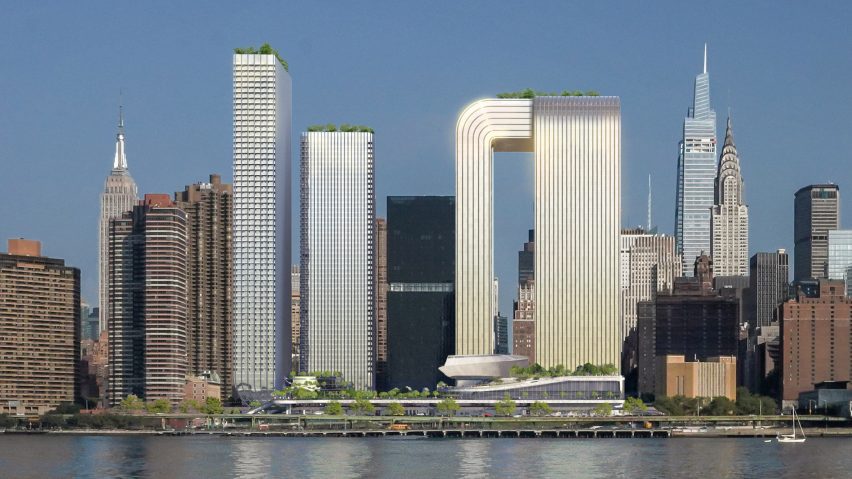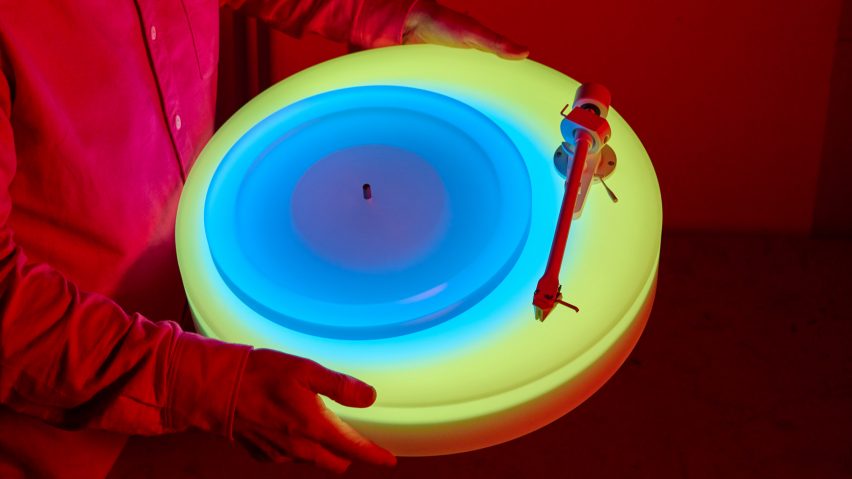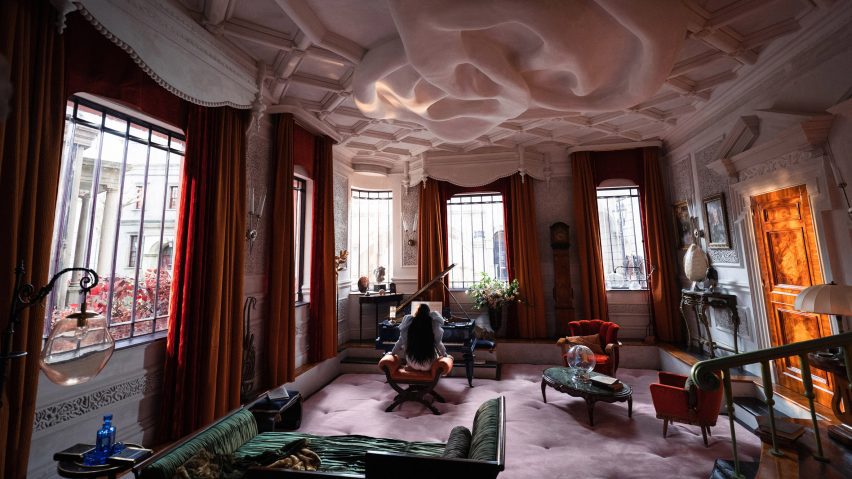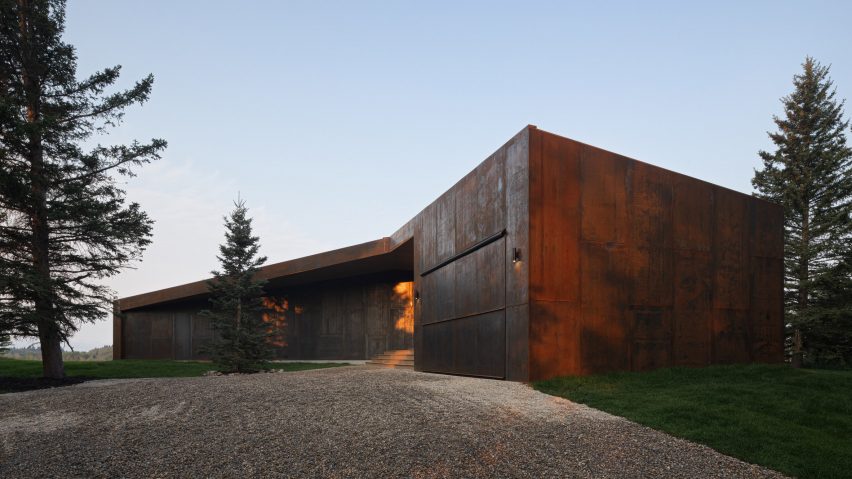
This week we launched our Stone Age 2.0 series
This week on Dezeen, we launched our editorial series Stone Age 2.0, exploring the potential of stone to be a viable, low-carbon, modern structural material.
We kicked off the series with an introduction by Dezeen editor Tom Ravenscroft stating that "architects and engineers are aiming to reignite the stone age".
Other popular articles in the series included an interview with Slovak-British architect Natalia Petkova, in which she cautioned "against claims of stone being a revolutionary sustainable material" and an opinion piece by engineer Steve Webb that said stone "isn't a silver bullet."

Multiple sculptural skyscrapers by Danish studio BIG were in the news this week. The studio revealed its design for the Freedom Plaza in New York (above), two Manhattan skyscrapers that will contain a hotel and be connected by a cantilevered twisting skybridge.
They will be joined by two residential skyscrapers and sit near the United Nations headquarters.
In Houston, BIG completed a staggered "bundle of towers" that marks its first skyscraper in the state of Texas. The building comprises six towers that curve slightly as they rise, with the tallest reaching a height of 137 metres.

In other architecture news, Swiss architecture studio Herzog & de Meuron unveiled its design for the Lusail Museum, a robust, drum-shaped gallery and museum on Al Maha island in Qatar.
The proposed five-storey building, which would reference historic Islamic architecture throughout its interior, has a shape derived from three intersecting and overlapping spheres.

In other news, Austrian company Migaloo revealed its design for a 165-metre-long submersible superyacht, which could descend to a depth of approximately 250 metres. The superyacht submarine would have a helipad, swimming pool, gym and cinema.
"The needs of superyacht owners for their vessels are more complex than ever," explained the company's CEO and chief designer Christian Gumpold.

In design news this week, ambient music pioneer Brian Eno showcased an updated version of his illuminated record player, comprised of two eccentric Perspex circles.
The record player has a platter and base made of translucent acrylic, each fitted with LED lights that have been programmed to change colour independent of one another. Holes drilled into the plastic transmit the light, which changes randomly.

In the run-up to the Oscars on 10 March, Dezeen published an interview with Oscar-nominated production designers Shona Heath and James Price about their set for the film Poor Things.
The duo "spliced up" architecture to create one of the main sets in the film, which stars Emma Stone. Spanish architect Ricardo Bofill's buildings and artist Hieronymous Bosch's painting Garden of Earthly Delights also informed the set design.

Popular projects this week included a steel-clad home in Carraig Ridge, Alberta, a Norwegian summer house for "inside-outside" living and a Parisian textile workshop that was converted into a loft apartment.
Our lookbooks featured living spaces punctuated by structural columns and rooms that make use of the "unexpected red theory".
This week on Dezeen
This week on Dezeen is our regular roundup of the week's top news stories. Subscribe to our newsletters to be sure you don't miss anything.